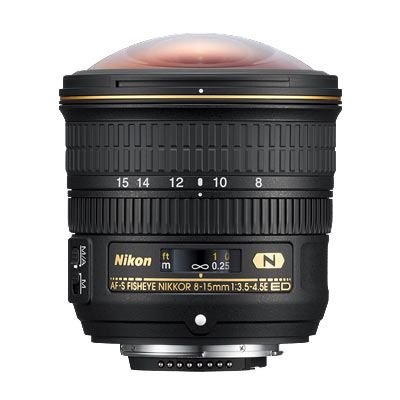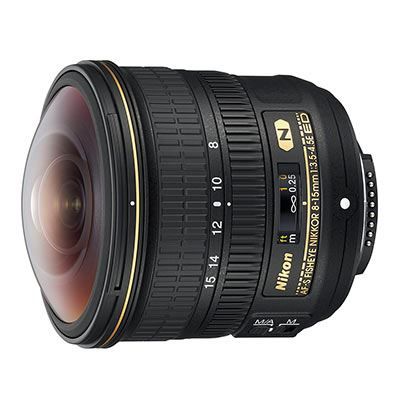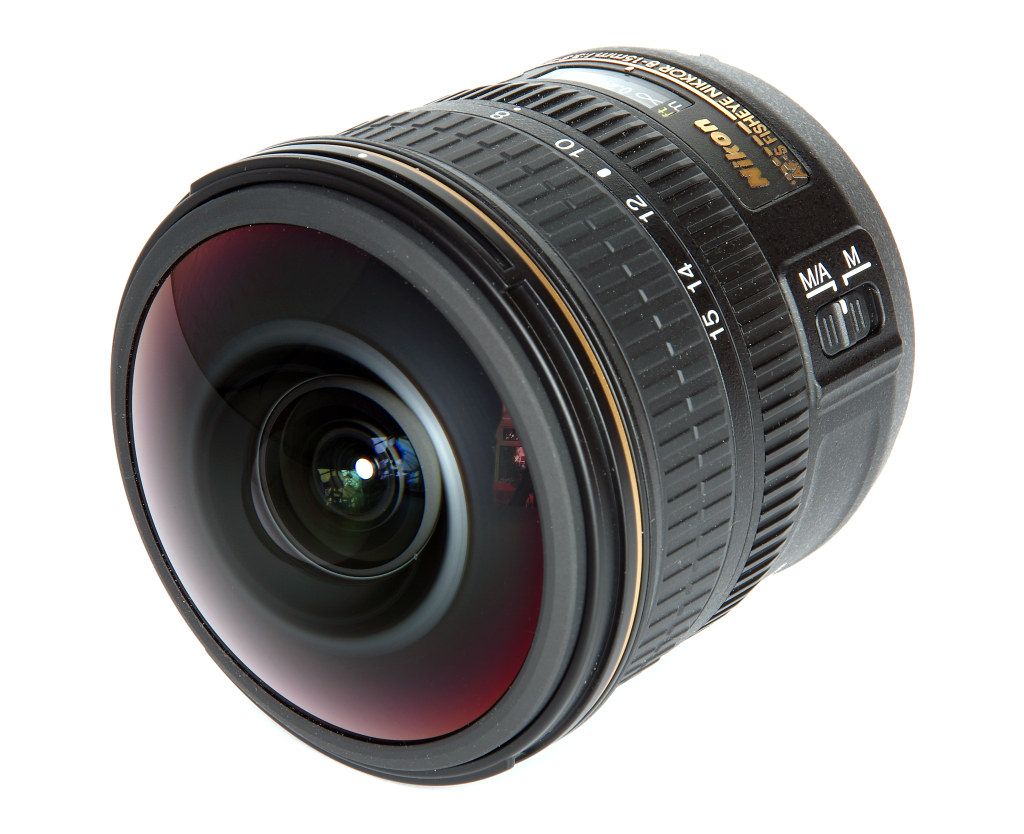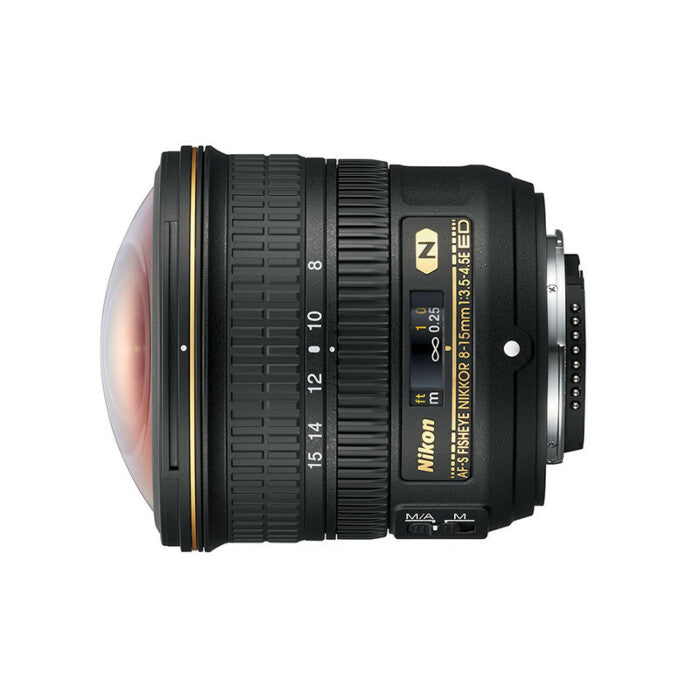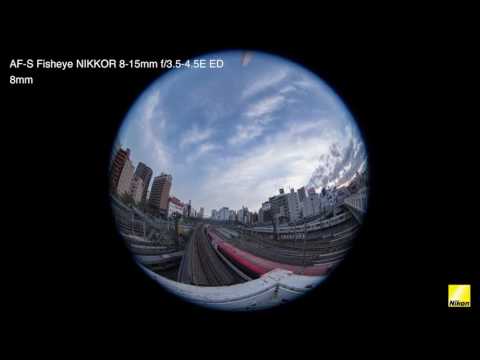Product Description
Nikon 8-15mm f/3.5-4.5 E ED AF-S Fisheye Nikkor Lens
The Nikon 8-15mm f/3.5-4.5 E ED AF-S Fisheye Nikkor Lens offers an exceptional combination of creativity and versatility, featuring Nikon’s first fisheye zoom lens. This lens allows you to seamlessly transition from a true circular fisheye perspective to a full-frame fisheye image, providing a unique and dynamic range of visual effects.
Key Features:
- Focal Length: 8-15mm
- Aperture Range: f/3.5 to f/29
- Angle of View: 180° for a wide and immersive perspective
- Minimum Focusing Distance: 0.16 meters (16 cm) for impressive close-up detail
- Lens Construction: Incorporates three Extra-Low Dispersion (ED) elements and two Aspherical elements to minimize chromatic aberrations and enhance image clarity
- Coatings: Nano Crystal and Super Integrated Coatings reduce flare and ghosting for superior contrast and colour accuracy
- Fluorine Coating: Protects the lens from dust, moisture, and smudges
- Autofocus System: Silent Wave Motor (SWM) for ultra-fast, quiet, and precise focusing
- Diaphragm: Electromagnetic diaphragm mechanism with a rounded 7-blade design for smooth, natural bokeh
Exceptional Fisheye Versatility:
- True Circular to Full-Frame Fisheye: Easily switch between a circular fisheye perspective and a full-frame fisheye image. The 8-15mm zoom range provides creative flexibility for capturing wide, immersive scenes.
- Close-Up Performance: With a minimum focusing distance of just 0.16 meters, this lens allows you to get up close to your subjects without sacrificing image quality.
Superior Optical Quality:
- Sharpness and Clarity: Expect high-resolution images with edge-to-edge sharpness, even at the widest f/3.5 aperture setting. The lens's advanced optical construction ensures that image quality remains exceptional throughout the zoom range.
- Advanced Coatings: Nano Crystal and Super Integrated Coatings help to suppress lens flare and ghosting, resulting in clear and vivid images. The protective fluorine coating ensures longevity and easy maintenance.
Robust Build and Reliable Performance:
- Dust and Drip-Resistant Design: The lens is built to withstand challenging weather conditions, making it a reliable choice for outdoor shooting.
- Efficient Handling: Quick and easy lens hood and cap attachment/removal, allowing you to swiftly respond to shooting opportunities.
Ideal For:
The Nikon 8-15mm f/3.5-4.5 E ED AF-S Fisheye Nikkor Lens is perfect for photographers and videographers looking to explore unique perspectives and create striking fisheye effects. Whether capturing sweeping landscapes, architectural shots, or creative close-ups, this lens delivers impressive results with both versatility and precision.
Specifications:
- Focal Length: 8-15mm
- Maximum Aperture: f/3.5
- Minimum Aperture: f/29
- Angle of View: 180°
- Minimum Focusing Distance: 0.16 meters
- Lens Construction: 16 elements in 13 groups
- Filter Size: None (due to the fisheye design)
- Weight: Approx. 485g
Payment & Security
Your payment information is processed securely. We do not store credit card details nor have access to your credit card information.

